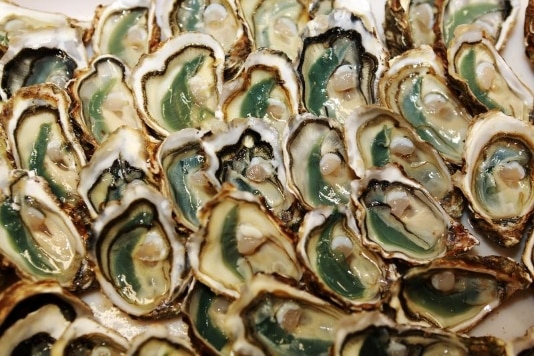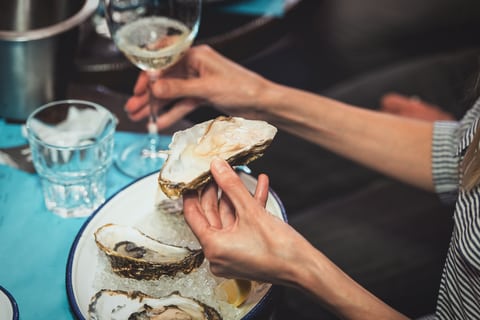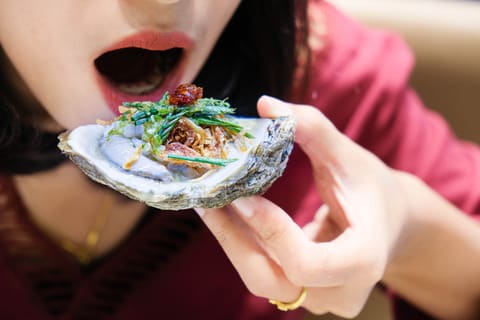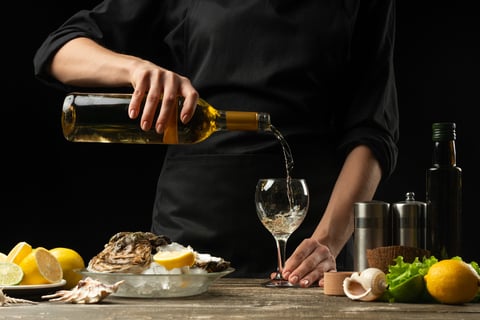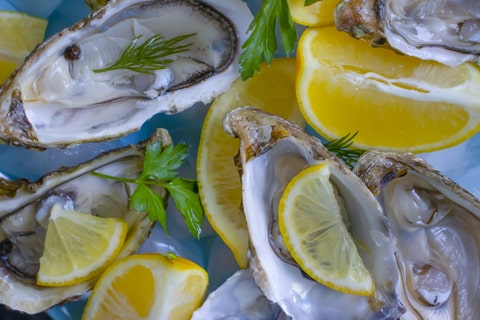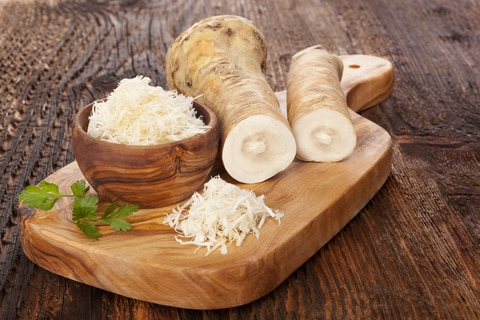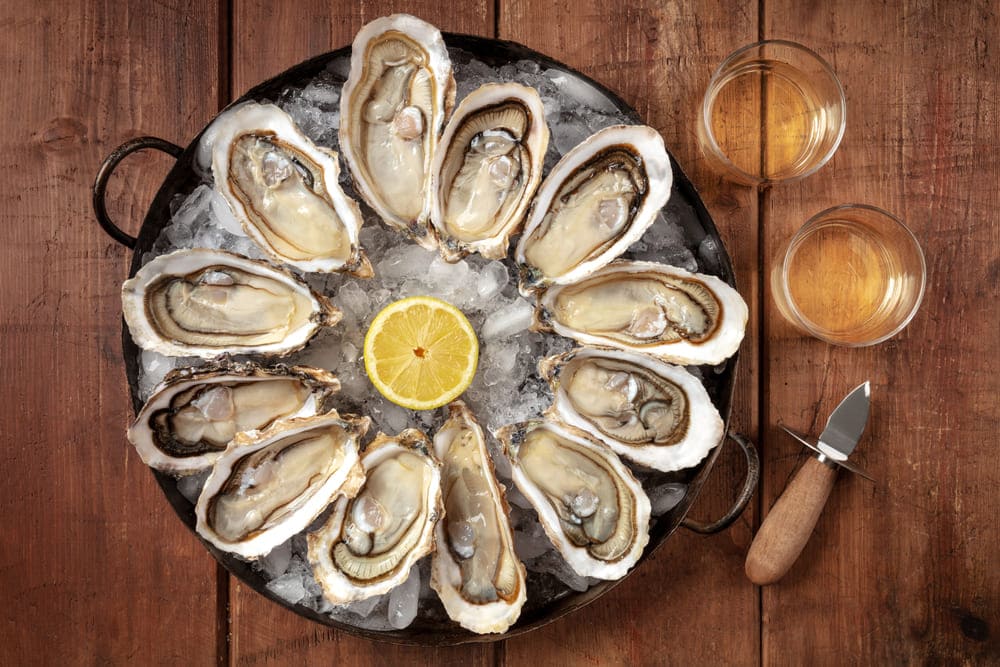
Summers is here and seafood lovers are craving fresh seafood! When talking about seafood, it’s impossible not to think about fresh oysters because they deliver the ultimate one-two punch of umami flavors.
Truth be told, though, this seafood delicacy can be intimidating for beginners. How does one even eat them? Are they supposed to be eaten cooked or raw? Do you need to add seasoning? And what is that green stuff inside?
If you are seeing green stuff in your oysters and wondering what that is, keep reading and all will be revealed!
The Green Stuff In and On Oysters
- Green shell
To begin with, if you are talking about the shell being green, the oyster inside is still completely safe to consume.
Seafood covered with green stuff is not what most people prefer but remember, you don’t eat the shell anyway.
The green stuff on the shell is known as phytoplankton and it’s the food that oysters consume. It may also be a type of algae that grows where the oysters live.
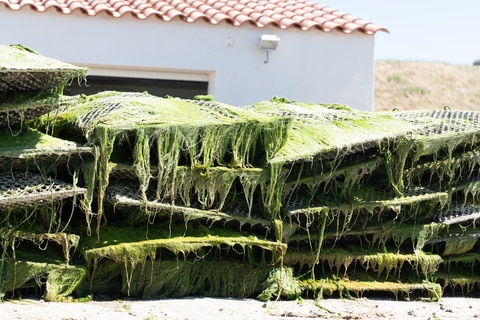
Either way, it does not harm the oysters or make them unpleasant to eat.
- Green Gills
On the other hand, if the shells are the usual color but there is a green tinge to the oyster flesh itself, consider yourself extremely lucky.
This is because this green color comes from microalgae called Haslea ostrearia which oysters consume.
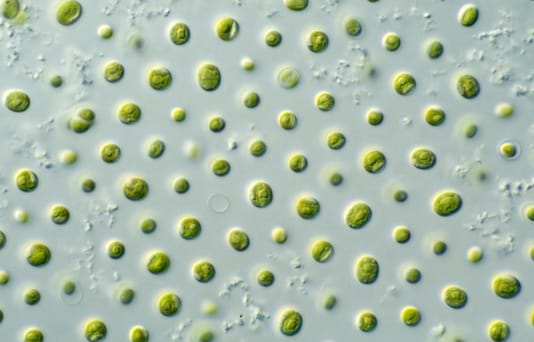
If you are concerned about taste, it’s safe to eat the green stuff in the oysters and the meat will still be tasty (you might even start asking your waitron for oysters with green stuff inside them!)
The green part can also be algae because some oyster farmers grow extra algae for feeding the oysters which results in a greener color.
Seasonal blooms of Haslea ostrearia occur in the waterways of North Carolina. Harvesters here see the blue-green oysters here as a special treat as they say that their flavor is especially pronounced and briny.
For many years, due to ignorance, such oysters were thrown away by harvesters and restaurants.
The French knew better, however, and they carefully maintain clay ponds in Marennes-Oléron where the levels of Haslea ostrearia are high and produce the green oysters as a local delicacy.
Thanks to intense education efforts in North Carolina, Americans are beginning to have an appreciation for green gilled oysters too.
If you are seeing a small patch of green in the oyster flesh, you might be looking at the mollusk’s digestive organ called the hepatopancreas.
It performs the same functions as the pancreas and liver in other animals and is present in most bivalve mollusks.
Some people also call it the stoma. It is green because it is filled with filtered digestive juices and bio-matter. Keep in mind that this part is responsible for providing a unique oyster flavor. It is safe to consume!
How do I know if my oysters are off?
Oysters are not usually green if they are off. Bad oysters have a cloudy appearance and dry texture. They will also have an “off” smell rather than a fresh, ocean, salty smell.
In addition, contaminated oysters will have a pink, grey, black, or brown color.
Improving your oyster-eating experience
When it comes to the green stuff in the oysters, it’s safe to eat and you don’t need to worry about safety. It doesn’t matter if the shell is green or the stuff inside the oyster is green, it’s safe to eat.
However, there are some things that you can try for improving the oyster-eating experience if you’re new to it:
- Don’t use a fork
Sure, you want to appear well-mannered and put together but oysters are the ultimate fork-free dishes. This is because eating the oyster meat directly from its shell delivers a well-rounded, hands-on experience.
It’s fine to use your finger for taking out the meat but most people just hold the shell and pour the flesh and liquor directly into their mouths.
- Wine, please!
To be honest, eating oysters with alcohol has always been a topic of debate but culinary experts suggest that consuming alcohol will enhance the flavor of oysters.
A crisp, light Sauvignon blanc, Chardonnay, or champagne works well with most seafood. In addition, if you like, you can pour some liquor directly on the oysters to enhance the flavor profile.
- Lemon
Using condiments is highly recommended when eating oysters. The simplest is to take a fresh lemon wedge and squeeze a few drops onto it.
This will enhance the natural flavors while improving the bright color.
- Old-style cocktail sauce
This seafood sauce may be a little old-fashioned but it works well with oysters. Think of it as a classic.
Simply mix half a cup of ketchup, 2 tablespoons of bottled horseradish, a dash of Worcestershire sauce, the juice of a lemon, and a few drops of Tabasco sauce.
Chill it and use a few drops on each oyster.
- Freshly grated horseradish
Put a little onto the oyster before you slurp it.
How to eat oysters
Now that we’ve convinced you that your green oyster isn’t off, you’ll want to know how to eat it. Your oysters will probably be served to you in an open half shell, on ice. They are eaten raw.
Simply pick up the oyster in your hand, use the flat blade of a knife to loosen the underside of the oyster from the shell. Season with your choice of condiment at this point if you like.
Now tip the shell into your mouth so that the oyster slides in. You can chew once or twice if you like but most people just swallow it whole.
There should be a salty juice around the oyster which is enjoyed together with the meat. It’s called “oyster liquor” and is part of the experience.
To Conclude
We hope we’ve set your mind at rest about eating green-shelled or green-gilled oysters. Enjoy this special treat from the sea!
